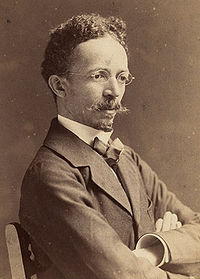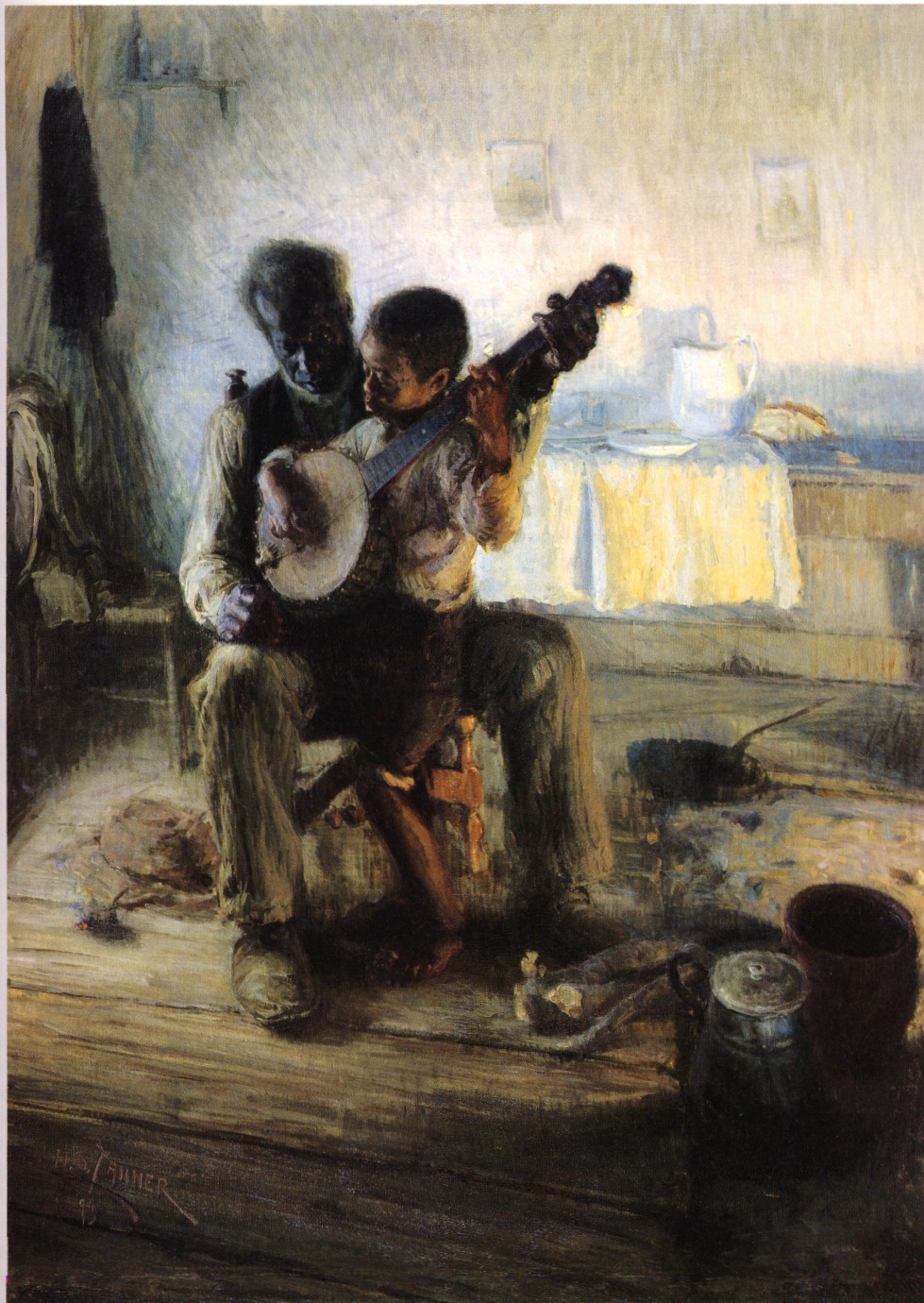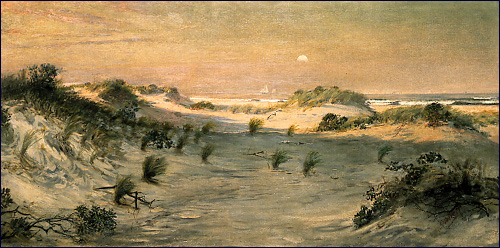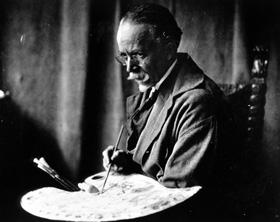
Henry Ossawa Tanner (June 21, 1859–May 25, 1937) was an African American artist best known for his style of painting. He was the first African American painter to gain international acclaim.
After an unsuccessful attempt at opening a photography studio in Atlanta and teaching drawing at Clark Atlanta University Tanner traveled to France in 1891, to the Academie Julian, and joined the American Art Students Club of Paris. Paris was a welcome escape for Tanner; within French art circles the issue of race mattered little. Tanner acclimated quickly to Parisian life.

Tanner is often regarded as a realist painter, focusing on accurate depictions of subjects. While his early works, such as “The Banjo Lesson” were concerned with everyday life as an African American, Tanner’s later paintings focused mainly on the religious subjects for which he is now best known. It is likely that Tanner’s father, a minister in the African Methodist Church, was a formative influence in this direction. Tanner’s work was influential during his career. The early paintings of William Edouard Scott, with whom Tanner studied in France, showcase the influence of Tanner’s technique.

Sand Dunes at Sunset, Atlantic City (c. 1885 Oil on Canvas) hangs in the Green Room at the White House; it is the first painting by an African-American artist to enter the permanent collection of the White House. The painting is a landscape with a “view across the cool gray of a shadowed beach to dunes made pink by the late afternoon sunlight. A low haze over the water partially hides the sun.” It was acquired during the Clinton administration from Dr. Rae Alexander-Minter, grandniece of the artist, by the White House Endowment Fund for $100,000.
Thanks to Dr. Tolliver.

